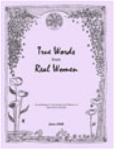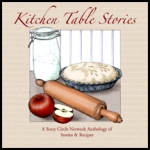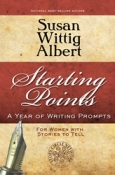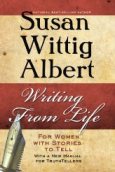 This is the sixth in a series of six posts by Matilda Butler.
This is the sixth in a series of six posts by Matilda Butler.
When my children were small, I took them on short walks in nearby wooded areas. As they got older, I showed them the pleasures of hiking the trails of Yosemite National Park and other places of beauty. No matter where we went as a family or how easy or how hard the path, they loved to dash ahead to seek new adventures. Parental pace was much too slow for them. They ran ahead and then came back quickly. They wore themselves out by covering each distance twice. But that was part of their enthusiasm.
Reflecting on the different paces we manage at different times in our lives, consider this sixth and last Tao of Memoir Writing:
The child in us runs ahead on the path with boundless energy. The seasoned scout cautiously leads the way.
In writing, we tell others of delights or dangers, yet we are the same person.
There is more than one storyteller in each of us. We should let each of these voices come to the fore at different times to help others understand the many textures of our lives.
TAO OF MEMOIR WRITING TIP: Writing about a time of passionate youthfulness? Try using short words, short sentences, and short paragraphs. You will convey some of the boundless energy of that period. Writing about a period of aging or time spent caring for your elderly parents? See if longer sentences and paragraphs better reflect the slowness of those experiences.
If you think about music, recall that there are fast passages and slow passages. Similarly, words create a tempo for the reader and the memoirist controls this by varying the length of the sentences and paragraphs.
TAO OF MEMOIR WRITING PROMPT: Find a paragraph in a memoir that is particularly vivid for you. Analyze it: Count the number of sentences. Count the number of words in each sentence. Do several long sentences follow each other? Are short sentences used to create impact?
Then rewrite the paragraph. Try making long sentences short. Make short sentences long. You can do this by combining sentences or by cutting some in half. How do the changes alter the rhythm of the story? Which do you like better?
In what ways will you use the craft of writing to show: “The child in us that runs ahead on the path with boundless energy. The seasoned scout that cautiously leads the way.”
by Matilda Butler





